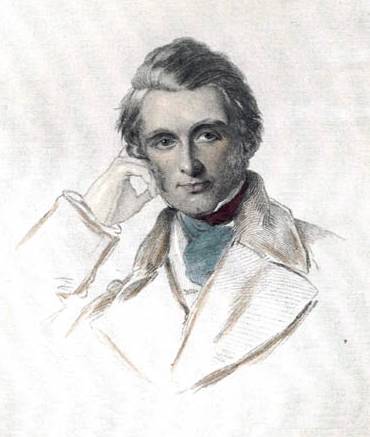1. First, then, I think that in making this reference we are to consider our building as a kind of organised creature; in colouring which we must look to the single and separately organised creatures of Nature, not to her landscape combinations. And the first broad conclusion we shall deduce from observance of natural colour in such cases will be, that it never follows form, but is arranged on an entirely separate system. What mysterious connection there may be between the shape of the spots on an animal’s skin and its anatomical system, I do not know, nor even if such a connection has in anywise been traced: but to the eye the systems are entirely separate, and in many cases that of colour is accidentally variable. The stripes of a zebra do not follow the lines of its body or limbs, still less the spots of a leopard. In the plumage of birds, each feather bears a part of the pattern which is arbitrarily carried over the body, having indeed certain graceful harmonies with the form, diminishing or enlarging in directions which sometimes follow, but also not unfrequently oppose, the directions of its muscular lines. Whatever harmonies there may be, are distinctly like those of two separate musical parts, coinciding here and there only—never discordant, but essentially different. I hold this, then, for the first great principle of architectural colour. Let it be visibly independent of form.
[...]
The boundaries of the forms he will assuredly, whatever the object, have found drawn with a delicacy and precision which no human hand can follow. Those of its colours he will find in many cases, though governed always by a certain rude symmetry, yet irregular, blotched, imperfect, liable to all kinds of accidents and awkwardnesses. Look at the tracery of the lines on a camp shell, and see how oddly and awkwardly its tents are pitched. It is not indeed always so: there is occasionally, as in the eye of the peacock’s plume, an apparent precision, but still a precision far inferior to that of the drawing of the filaments which bear that lovely stain; and in the plurality of cases a degree of looseness and variation, and, still more singularly, of harshness and violence in arrangement, is admitted in colour which would be monstrous in form. Observe the difference in the precision of a fish’s scales and of the spots on them.
[...]
Infinite nonsense has been written about the union of perfect colour with perfect form. They never will, never can be united. Colour, to be perfect, must have a soft outline or a simple one: (it cannot have a refined one;) and you will never produce a good painted window with good figure-drawing in it. You will lose perfection of colour as you give perfection of line. Try to put in order and form the colours of a piece of opal."
[...]
The boundaries of the forms he will assuredly, whatever the object, have found drawn with a delicacy and precision which no human hand can follow. Those of its colours he will find in many cases, though governed always by a certain rude symmetry, yet irregular, blotched, imperfect, liable to all kinds of accidents and awkwardnesses. Look at the tracery of the lines on a camp shell, and see how oddly and awkwardly its tents are pitched. It is not indeed always so: there is occasionally, as in the eye of the peacock’s plume, an apparent precision, but still a precision far inferior to that of the drawing of the filaments which bear that lovely stain; and in the plurality of cases a degree of looseness and variation, and, still more singularly, of harshness and violence in arrangement, is admitted in colour which would be monstrous in form. Observe the difference in the precision of a fish’s scales and of the spots on them.
[...]
Infinite nonsense has been written about the union of perfect colour with perfect form. They never will, never can be united. Colour, to be perfect, must have a soft outline or a simple one: (it cannot have a refined one;) and you will never produce a good painted window with good figure-drawing in it. You will lose perfection of colour as you give perfection of line. Try to put in order and form the colours of a piece of opal."
(Seven Lamps of Architecture, Chapter IV: The Lamp of Beauty, §§ 36-38)
